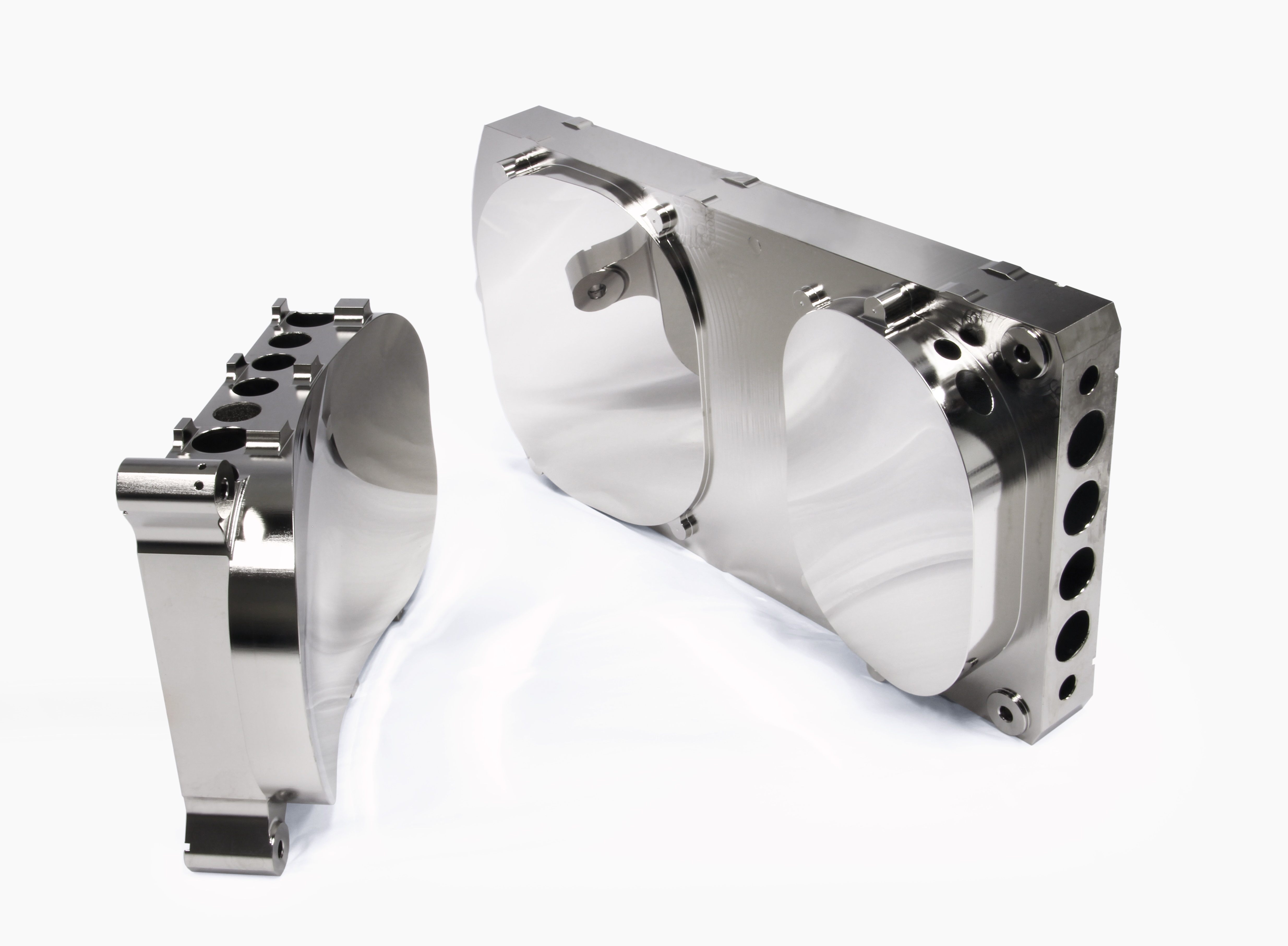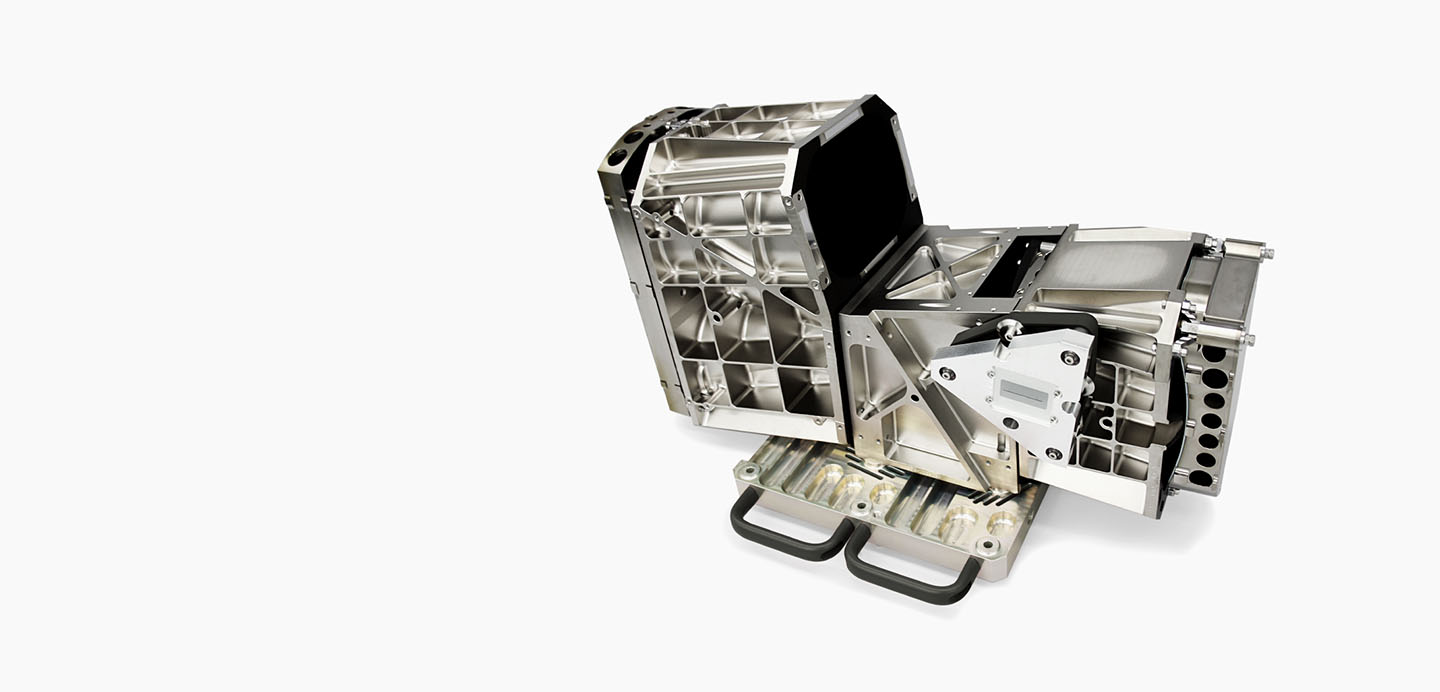
In 2018, the new hyperspectral "DLR Earth Sensing Imaging Spectrometer (DESIS)" of the DLR (German Aerospace Center) will be integrated into the Multi-User-System for Earth Sensing platform installed on the International Space Station. The instrument is developed under the responsibility of the DLR and will deliver images of the Earth in 235 spectral channels in the wavelength range from 400 nm to 1 μm. The resolution will be 30 m on the ground.
As a partner of the development team, the Fraunhofer IOF is responsible for the optical system of the imaging spectrometer. The optical system consists of two primary components: a compact Three-Mirror-Anastigmat (TMA) telescope, imaging the Earth’s surface onto a slit, and an Offner-type spectrometer, which re-images the slit onto the detector and performs the spectral separation using a reflective grating.
By using freeform surfaces in the spectrometer, it is possible to reach high spectral resolution even with an optical system as fast as F/2.8. Conventional Offner-type spectrometers allow minimizing aberrations at a single wavelength only, while their performance drops considerably towards the edges of the spectral range. In contrast, the freeform mirror allows a good performance over the entire spectral range to be achieved.
The entire optical system relies on metal-based mirrors, where the mirror surfaces are made by Single-Point-Diamond Turning (SPDT) and subsequent nickel plating. The final surface shape and roughness are realized by a second SPDT step, subsequent Magneto-Rheological Finishing (MRF), and a post-polishing process. The mirrors achieved surface qualities in the range of 5 nm to 40 nm rms.
A further key component of the spectrometer is a diffraction grating on a curved mirror, which was also fabricated at Fraunhofer IOF.
Both subsystems were integrated individually under interferometric control. Finally, they were joined and characterized. The remaining wavefront error of the entire instrument reached between 60 nm and 120 nm rms depending on the position in the optical field. These results were compliant with the required resolution of the instrument.
Authors: Thomas Peschel, Christoph Damm, Matthias Beier, Robert Jende, Robert Leitel, Stefan Risse
